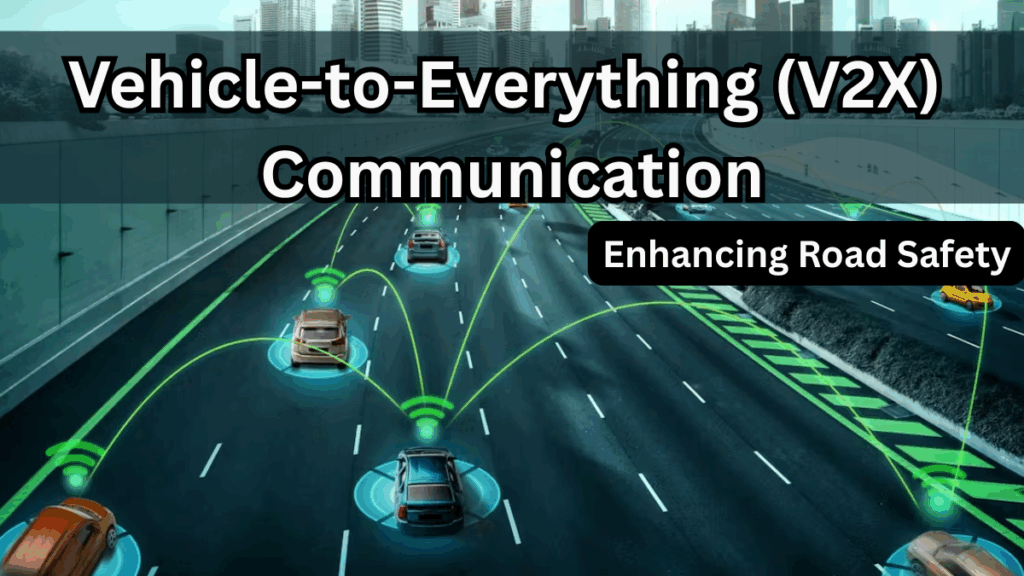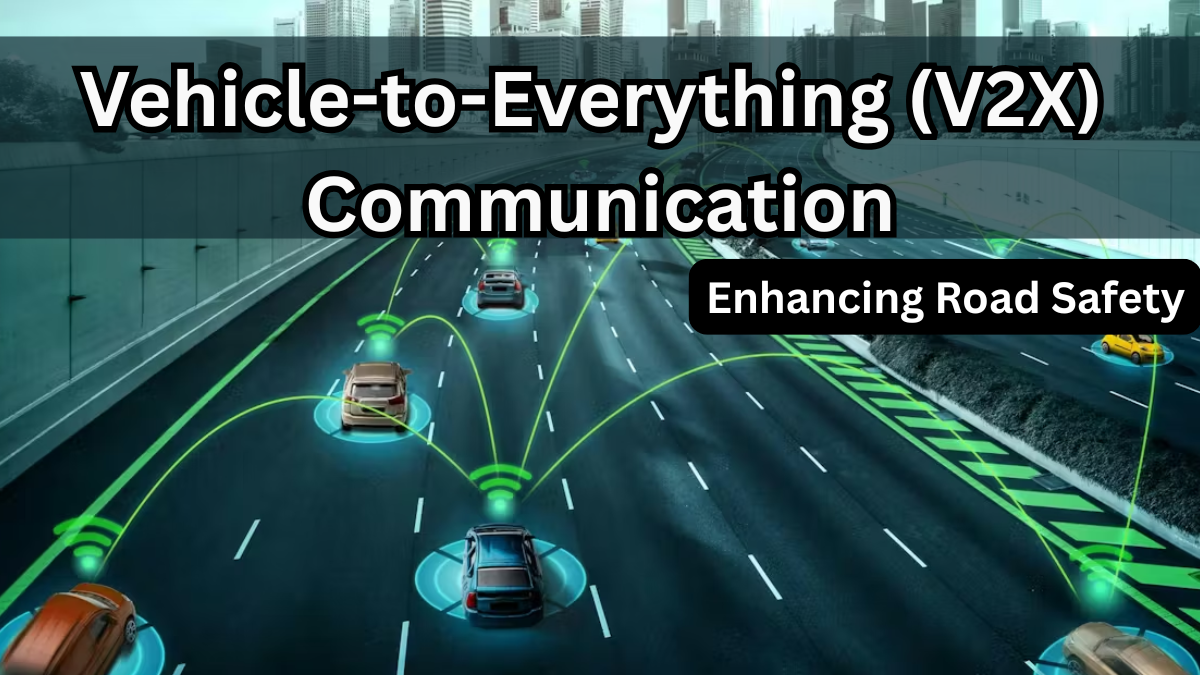Technology is transforming the way we drive, and V2X Communication is one of the most promising innovations shaping the future of transportation. It’s not just about cars talking to each other—it’s about creating smarter, safer, and more efficient roads for everyone.
Let’s explore how this technology works, why it matters, and what it means for the future of connected vehicles and road safety tech.

What is V2X Communication?
V2X Communication (Vehicle-to-Everything) is a system that enables vehicles to communicate with:
-
Other vehicles (V2V) – sharing speed, direction, and location
-
Infrastructure (V2I) – connecting with traffic lights, road signals, and sensors
-
Pedestrians (V2P) – alerting drivers about people crossing
-
Networks (V2N) – linking with cloud-based services for real-time updates
In simple terms, it’s like giving cars the ability to “talk” and “listen” to their surroundings.
Why V2X Matters for Road Safety
Every year, millions of accidents occur due to human error, blind spots, or lack of awareness. V2X Communication aims to reduce these risks by providing drivers with real-time alerts and predictive insights.
Key benefits include:
-
Collision Avoidance – vehicles warn each other before a crash happens
-
Traffic Efficiency – smoother traffic flow through smart signals
-
Pedestrian Safety – alerts about nearby walkers or cyclists
-
Emergency Support – vehicles can signal for help after accidents
Applications of V2X in Real Life
| Application Area | How It Works | Impact on Road Safety Tech |
|---|---|---|
| Smart Traffic Lights | Communicate with vehicles to manage flow | Reduces congestion & accidents |
| Collision Warnings | Vehicles alert each other of risks | Prevents crashes |
| Emergency Vehicles | Ambulances/police send priority signals | Faster response times |
| Pedestrian Alerts | Detects people via smartphones or sensors | Protects vulnerable road users |
| Weather & Road Updates | Shares conditions like fog, ice, or potholes | Helps drivers adjust in time |
The Future of Connected Vehicles
As more cars adopt road safety tech, we will see:
-
Autonomous driving integration – self-driving cars powered by V2X
-
Eco-friendly roads – optimized driving reduces fuel use and emissions
-
Smart cities – V2X becomes part of a larger intelligent transport ecosystem
The ultimate goal is a road network where vehicles, infrastructure, and people work together seamlessly.
FAQs
Q1. How does V2X Communication improve road safety?
It provides real-time alerts about potential dangers, reduces blind spots, and enables cars to avoid collisions, making roads safer for drivers and pedestrians.
Q2. Is V2X only for self-driving cars?
No, V2X is designed for all connected vehicles, not just autonomous ones. Even traditional cars with V2X features can enhance road safety tech.
Q3. What are the challenges of implementing V2X?
Challenges include infrastructure costs, standardization across regions, and ensuring cybersecurity for vehicle data.
Q4. When will V2X become common on roads?
Many countries are already testing it. Widespread adoption is expected in the next 5–10 years as governments and automakers push for smarter, safer transportation.
Click here to learn more
